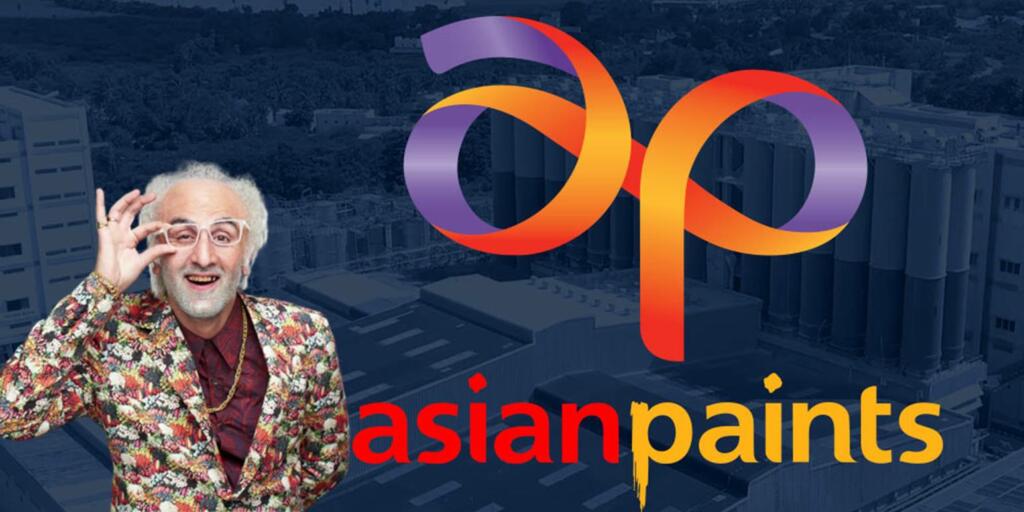Asian Paints is one of the largest paint companies in the country as well as globally. Asian paints, which has annual revenue of more than 22,000 crore rupees, has emerged as market leader in an industry that was dominated by foreign players before independence and is known for being highly competitive with razor-thin margins.
The company was started by four friends Champaklal Choksey, Chimanlal Choksi, Suryakant Dani and Arvind Vakil in February 1942, and in the last 8 decades, it has remained ahead of the curve despite facing multiple roadblocks.
Initially, the company used to sell paint in rural areas, especially for coloring horns of domesticated animals and houses. It grew at the rate of above 20 percent CAGR for more than two decades in decorative paints sector but in industrial paints, it can not make a foray because it is a business-to-business model and big players prefer to purchase from established players. Later it diversified to other areas but its main foray remains in decorative paint as MNCs dominate industrial and automotive segments.
The company is known for using modern technologies. Asian Paints had a supercomputer back in 1970s even before ISRO bought one. The company is known for using modern industrial methods to increase its productivity and the output of its factories remains higher than that of its competitors like Berger Paints or any other domestic/foreign factory.
Asian Paints follows different pricing strategies according to the targeted segment. As mentioned above, the Royale product range is marketed towards high-income groups and hence, is priced higher.
Asian Paints follows a value-based pricing approach for the medium and economic segments. As per the exclusive features in the product category, the price also varies. The pricing decisions are often influenced by the raw material used to manufacture paints, as well as competitors’ prices. The company’s success can also be attributed to its high incentives for distributors. Summed up, Asian Paints has adopted a flexible pricing policy.
Over the years, Asian Paints has carried out various highly successful promotional activities. One of its most notable pieces is the brand mascot Gattu, a cartoon created by R.K Laxman in 1954 that went on to become a popular and recognized figure for more than four decades.
Asian Paints’ major competitive advantage is its well-established, extensive distribution network. The organization targets all semi-urban, rural and urban areas. It launched an open-door policy for dealers after entering the retail market and began a national marketing and distribution operation. It has different manufacturing locations and is India’s largest. This dynamic network, along with sales managers, executives and the sales team, manages all development and delivery phases.
Also, Asian paints is known for its innovative ways to attract distributors to its networks. The company offers working capital to distributors which they can pay after two or three months, and also provides them credit & bank guarantees to install tinter machines. Tinter machines are a major innovation in paints industry as they allow the distributors to develop thousands of shades with few bases.
Today Asian Paints supports lakhs of employees directly and indirectly and stands tall among the national and international paints players. With its ability to embrace technology and innovative practices towards cost efficiency, it is now one of the largest companies in the country and playing a leading role in making the country AtmaNirbhar in paints and chemicals sector.
Also Read: Radhakishan Damani – The silent billionaire and the brains behind D Mart
